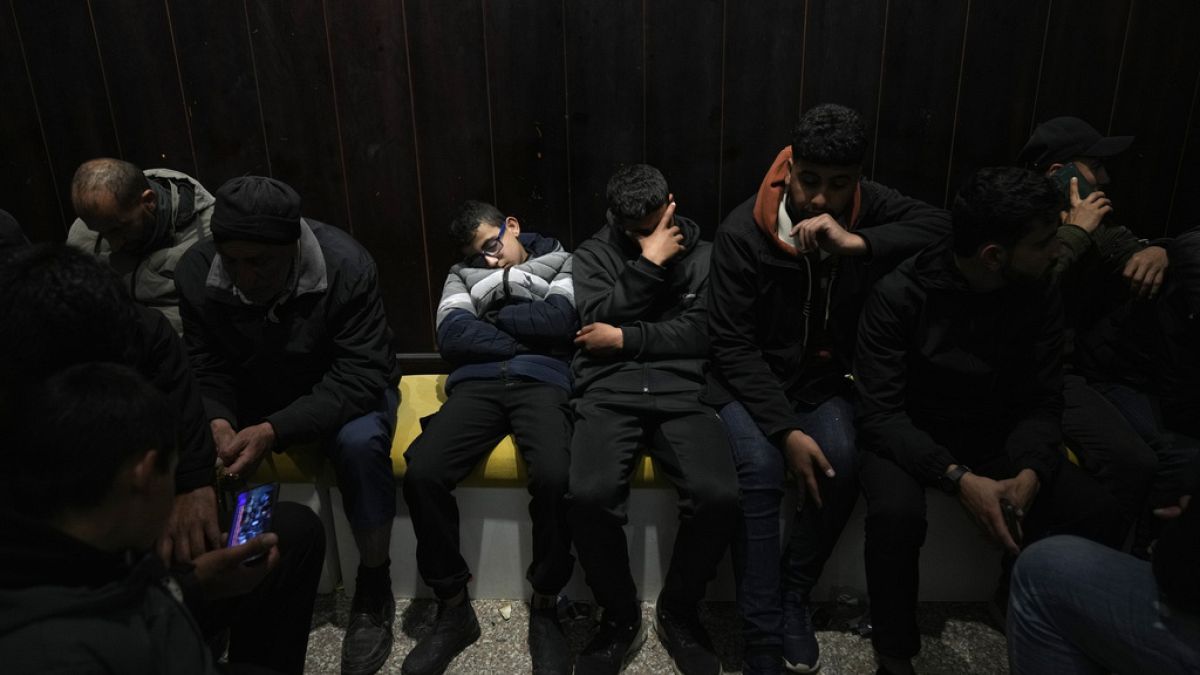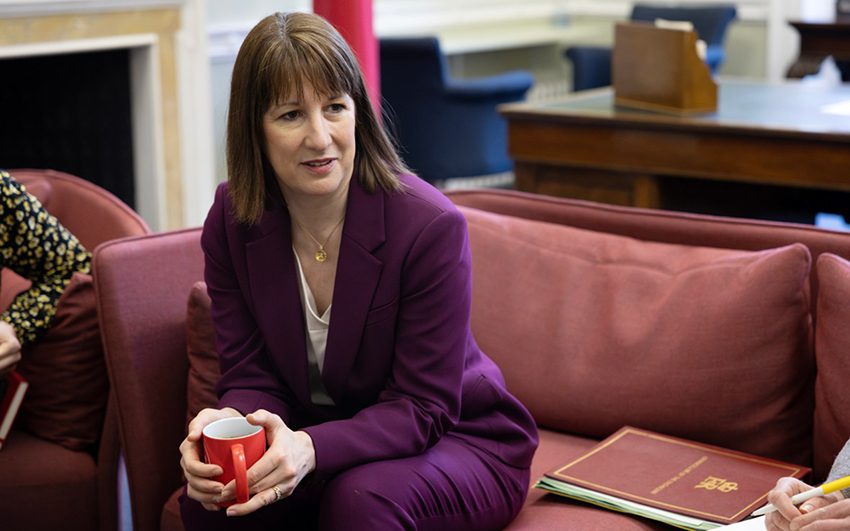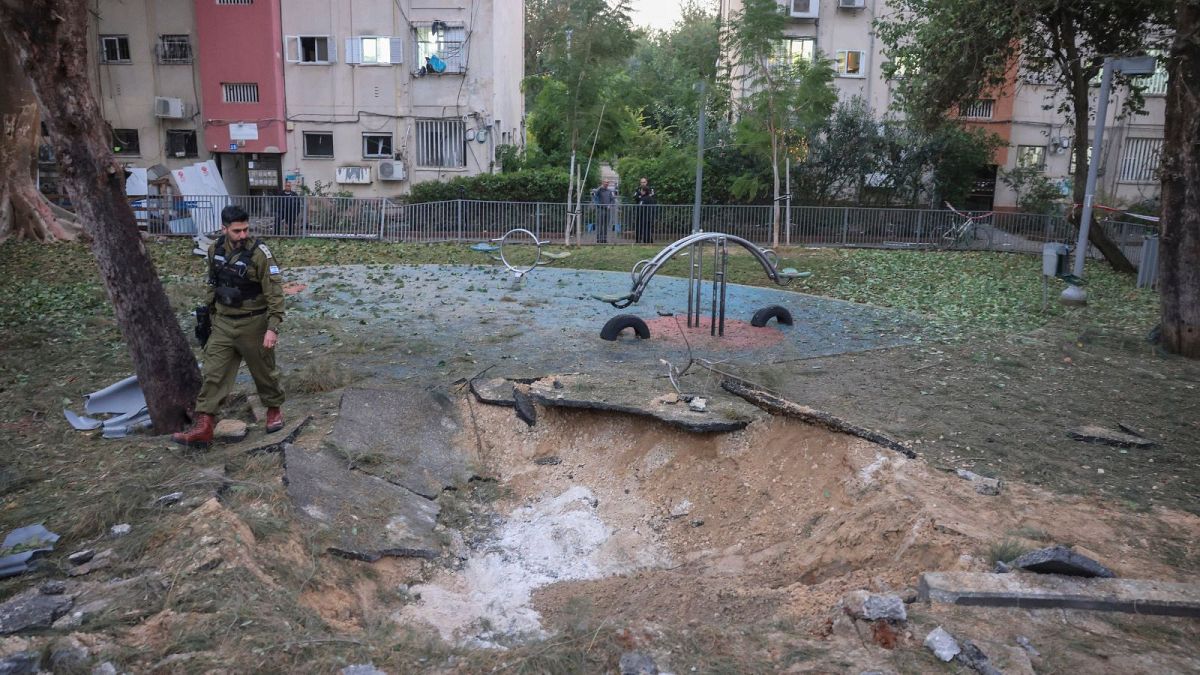Walking a fraying nuclear tightrope
At this perilous moment, a recommitment to nuclear arms control is nothing short of a moral imperative. We’ve done this work before; we can do it again.

Joel H. Rosenthal is president of the Carnegie Council for Ethics in International Affairs and the editor-in-chief of the Ethics & International Affairs journal. His first book “Righteous Realists” is an examination of the political realists who shaped post-World War II America.
As leaders gather in New York for the U.N. General Assembly this week, we find ourselves in a world without a single treaty limiting the number of strategic nuclear weapons.
Let me be clear: In an increasingly volatile geopolitical environment, there’s no nuclear ceiling — and worse, there’s no plan to establish one.
At the height of the Cold War, the U.S. had approximately 30,000 nuclear warheads to the Soviet Union’s 40,000 — numbers driven by the strategy of deterrence, which was normalized as the doctrine of “mutual assured destruction.” And despite these seemingly astronomical arsenals, arms control agreements like the Comprehensive Nuclear-Test-Ban Treaty, the Treaty on the Non-Proliferation of Nuclear Weapons (NPT) and the Strategic Arms Reduction Treaties (START) managed to temper competition.
Today, however, we’re walking a fraying nuclear tightrope.
Russia’s departure from the New START agreement after its full-scale invasion of Ukraine marked a moment of danger, uncertainty and diplomatic retreat. Couple that with Russian President Vladimir Putin’s subsequent nuclear saber-rattling and China’s rapidly expanding nuclear weapons program, and we now find ourselves in an environment with little or no restraint at a time of worsening instability and threat.
But the current moment’s volatility isn’t the result of benign drift — it’s the result of long-developing trends: With its inventory now at 500 nuclear weapons, and plans to reach 1,000 by 2030, China’s nuclear program currently ranks third in the world behind the U.S. (about 3,700) and Russia (about 4,400). And in addition to the traditional perils associated with arsenal expansion, the integration of AI systems — such as large language models — into military planning and decision-making is introducing new escalatory risks.
Not only are the few remaining restraints, such as the NPT, showing signs of vulnerability, there’s also little reassuring news from current and potential conflict zones like Ukraine, the Middle East, Taiwan and the Korean peninsula. Reflecting on this concerning state of affairs, the famed Doomsday Clock of the “Bulletin of the Atomic Scientists” was recently set at 90 seconds to midnight — the closest it’s ever been to catastrophe.
Our nuclear future wasn’t always this bleak, however.
Toward the end of the Cold War — when the threat of nuclear war still loomed, and the possibility of Soviet collapse was yet to be seriously entertained — key institutions and academics were engaging with the ethical questions at the heart of nuclear weapons.
In their pastoral letter “The Challenge of Peace” from 1983, the National (U.S.) Conference of Catholic Bishops made the case that the only justifiable use of nuclear weapons was as a deterrent, and even then, only “as a step on the way to a progressive disarmament.” Complementing this work, Professor Joseph S. Nye, Jr. released his 1986 book “Nuclear Ethics,” arguing that such justification is conditional on the duty to reduce risk by lowering stockpiles and creating policies to minimize risk of use in war, as well as accidents or miscalculation.
Later, as American leaders of the Cold War era began to retire from active duty, some wanted to ensure their experiences in managing nuclear weapons yielded actual lessons learned. And in the 2007 Wall Street Journal op-ed, “A World Free of Nuclear Weapons,” former Secretaries of State Henry Kissinger and George Shultz, former Secretary of Defense William Perry and former Senator Sam Nunn argued that the moment to think seriously about nuclear abolition had finally come. The massive destructive capacity of nuclear weapons rendered them unusable, the “four horsemen of the nuclear apocalypse” said.

As these statesmen knew better than most, the bane of national security is instability. As a result, they worked hard on arms control, and by the time the New START agreement went into effect in 2011, the number of nuclear weapons had been reduced by tens of thousands, stabilizing at around 15,000 worldwide.
Of course, progress wasn’t without setbacks. The U.S. withdrawal from the Anti-Ballistic Missile Treaty in 2001 and Intermediate-Range Nuclear Forces Treaty in 2019 were significant stumbling blocks, as was Russia’s withdrawal from New START.
But what we’re experiencing right now is far more than a normal diplomatic setback. We’re in a moment of ennui when we should be seeing it as a moment of urgency.
What is it that accounts for this complacency? Is it ignorance? Indifference? Or is it a sense of helplessness in the face of a complicated and terrifying challenge? Now is the time to launch an energetic response; it’s the time to revisit the ethical demand of deterrence — to return to a world where less is more and non-proliferation is sacrosanct.
The first 80 years of a nuclear world were far from perfect, but they were punctuated by occasional breakthroughs. There were moments when geopolitical rivals came together to sign new treaties, when weapons were destroyed and the future looked calmer and brighter. And despite present-day headwinds against such international cooperation, our leaders must embrace the idea that power and peace go together, and that we need new political arrangements.
This is a moment to readdress the norms that have guided policymakers and kept nuclear peace until now. Norms evolve and change over time, and we would be foolish to think that they don’t erode without care, maintenance and, on occasion, revision. It’s also a moment for accountability. Leaders should be held responsible for their public statements and private actions as they pertain to nuclear weapons.
Should the “nuclear taboo” be broken, the consequences for humanity are difficult to imagine. And at this perilous moment, a recommitment to nuclear arms control is nothing short of a moral imperative.
We’ve done this work before; we can do it again.
What's Your Reaction?



















































